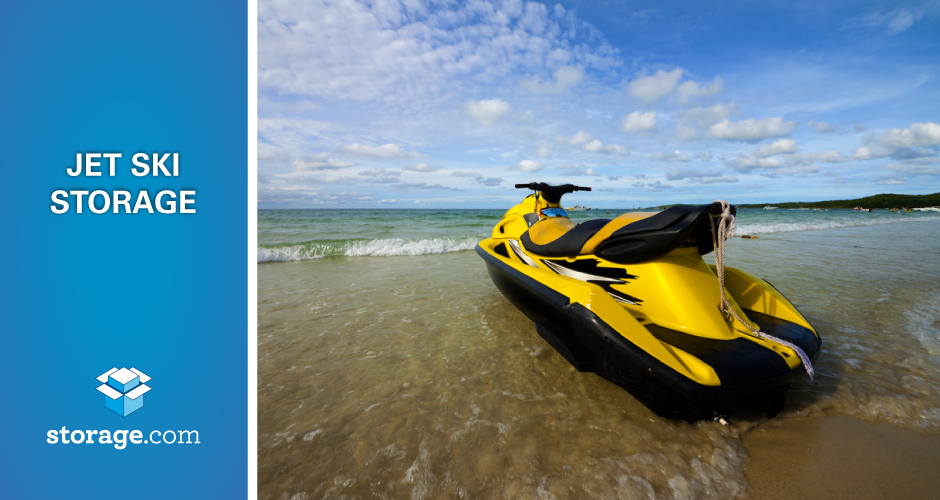The Storage 101 series continues with a few tips on how to pack for a self storage unit. Unlike packing for a new home, self storage comes with a few unique challenges that make preparation your best bet. After all, you are not simply moving items from one home to another—you must take into account space, weather and water issues, protection from breakage, and accessibility for the items you need most.
Fortunately, with the right organization, you can make the most out of your storage unit without spending too much time packing or worrying about your personal effects.
- Start with Furniture: In almost all cases, furniture should go in to the self storage unit first. Large items like couches, beds and tables tend to weigh more than boxes and provide a good foundation for stacking. If possible, line these along the back or on one side, and use pallets to keep them from resting directly on the floor. You might also consider laying tarps down all along the floor before you start moving things in.
- Group Boxes by Weight/Fragility: A box of family china is going to weigh a lot, but will not serve as a good foundation for stacking other boxes. A box of books, on the other hand, always makes a great foundation piece. When you pack, group your items in terms of stackability. Mark the breakables as such, and keep them for a special location in the storage facility. As with the furniture, line the walls first, leaving ample room for you to walk into the storage facility if you need to look around.
- Pack Things Tightly: Tight packing is almost always safer than a jumbled heap. Keep things tight and compact, and you can avoid dust, settling, wear and tear—and all while maximizing your storage unit space.
- Cardboard is Just Cardboard: A cardboard box is great for portability, but there is no guarantee that it will stay intact over time. Moisture and regular wear and tear will eventually break them down. Consider purchasing Tupperware tubs for storage, or look into canvas or plastic dropcloths that can be placed over the top of your stacks. Large plastic garbage bags can also be used as a last-minute cover up.
- Consider Alternatives for Expensive Materials: Furs and jewelry should be stored elsewhere, when possible. Anything that is leather should be treated before being stored. Photographs (which can curl over time) should be kept pressed and safe with you. Anything that will cause you unnecessary worry might be better off in your possession than in self storage.
- Invest in Bubble Wrap: Bubble wrap can be costly, but it can also be well worth it. If you will be storing valuable breakables, hand-wrap each item and pack it carefully. Wadded up newspaper can also work, but tends to be less reliable in the long run than bubble wrap.
- Keep Dangerous Items Out: One thing that few people consider is how dangerous it can be to have hazardous or perishable items in storage. Avoid storing things that are flammable or explosive. Anything that can degrade over time or produce a smell should be kept out. Even used tires or paints should be stored elsewhere.
Packing for self storage can be quite an undertaking at first, but a little planning can go a long way in putting your mind at ease. The more care you take for your items before you store them, the better the chances that everything will emerge exactly as you put it in!





